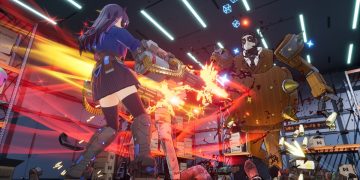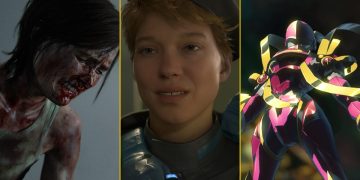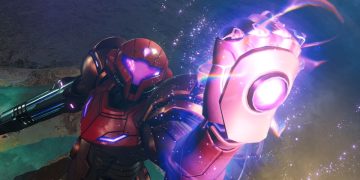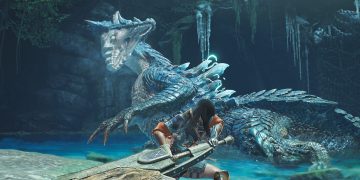Hyper Light Drifter seemed to arrive on the gaming scene at just the right moment. It debuted in 2016, a year when indie games were really starting to establish their own space within the industry. That year was packed with standout titles like Firewatch, The Witness, Inside, Cuphead, Enter the Gungeon, Darkest Dungeon, and Stardew Valley, to name a few. Reflecting on it, one could argue 2016 was indeed the golden year of indie games. The years leading up to it also brought some cherished releases such as Her Story, Undertale, Downwell, Soma, Octodad, and Shovel Knight.
What you’ll quickly notice with these games is how they offer largely solo experiences, unlike many of today’s indie titles. True, Stardew Valley has co-op options, but the rest are designed for solo play, which contrasts sharply with the current trend of live-service games and endless roguelikes. These types of games are crafted to keep players engaged indefinitely.
Thinking back on these games, especially Hyper Light Drifter, which is now around a decade old, I can’t help but notice how its follow-up, Hyper Light Breaker, highlights just how much has shifted over ten years. Back in its Kickstarter days, Drifter attracted attention with its modern pixel art, mesmerizing synth soundtrack, and mysterious world. The game certainly delivered, letting players piece together its narrative on their own terms.
The game truly excelled in its combat and world-building, untouched by the current state of the gaming industry. Today, opening Steam reveals countless developers vying to become the next big hit, but the self-contained experiences are becoming rare. Multiplayer features are massive now, and live-service models, despite frequently faltering, have become the norm. Roguelikes, in particular, have flooded the market. It’s understandable, given the tough economic times—people are drawn to games that offer endless replayability, or they may risk losing customer interest. Only those indie teams, which might not even be considered ‘indie’ anymore, can invest in making standalone, narrative-driven games inspired by JRPGs or Zelda.
That’s why I can see why Heart Machine decided to evolve the world of Drifter into a roguelike, likely incorporating some live-service aspects to maintain engagement post-Early Access. At the moment, it’s hard to say if it’s the right direction. Early Access here truly means early, with only the game’s core loop in place so far. Drifter’s compelling combat has been transitioned into 3D quite well, though I’m sure they’ll refine and expand it with future updates.
Interestingly, Hyper Light Breaker shares some similarities with the upcoming FromSoftware release, Elden Ring: Nightreign, another roguelike with procedurally generated maps and daunting bosses, aligning Heart Machine with some strong peers in the industry. Yet, Nightreign also underscores how vastly different the industry has become since those early days.
Honestly, it’s a bit saddening. There are still developers crafting games like Drifter and the other indie gems I mentioned earlier. In fact, there are more now than ever. But that’s part of the problem—the sheer number makes it hard for these games to stand out in a market where titles with replayability stand a better chance of thriving, compounded by the difficulties in discoverability today.
It’s not surprising to see how radically things have shifted in a decade. It just took a project like Breaker to really drive that change home for me. I’m not here to cast judgments; mostly, I wish the best for Heart Machine. They could be onto something truly remarkable if they iron out the kinks during Early Access.









![[Free Game] Ruffy and the Riverside Giveaway for PlayStation 5 (North America) [Free Game] Ruffy and the Riverside Giveaway for PlayStation 5 (North America)](https://www.gamrbuzz.com/wp-content/uploads/2025/06/Free-Game-Ruffy-and-the-Riverside-Giveaway-for-PlayStation-5-360x180.jpg)


































